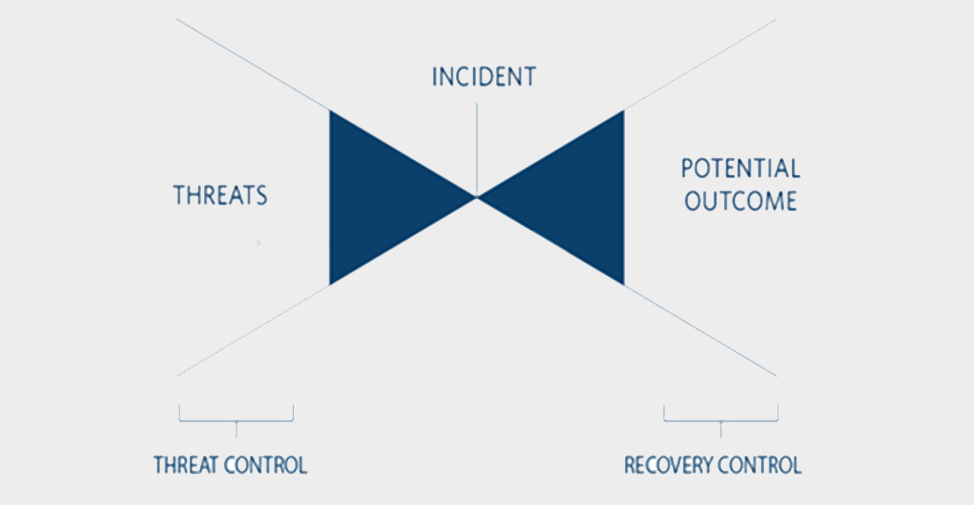Human Factors in Healthcare – Helping to Mitigate Errors

NEWS - 6th March 2017
Related news

Procedural compliance barriers in the Oil & Gas industry
Procedural compliance barriers in the Oil & Gas industry Within Occupational Psychology and Human Factors, it…

An Introduction to the Bowtie Model in Human Factors
The Bowtie Model is a risk assessment tool which visualises complex risks in a understandable diagram.…

PROJECT CELEBRATES BREAKTHROUGH IN DRIVER FATIGUE DETECTION
Friday 29 September 2024 A wearable device that’s been designed to detect the onset of…
To get in touch
Please fill out the form